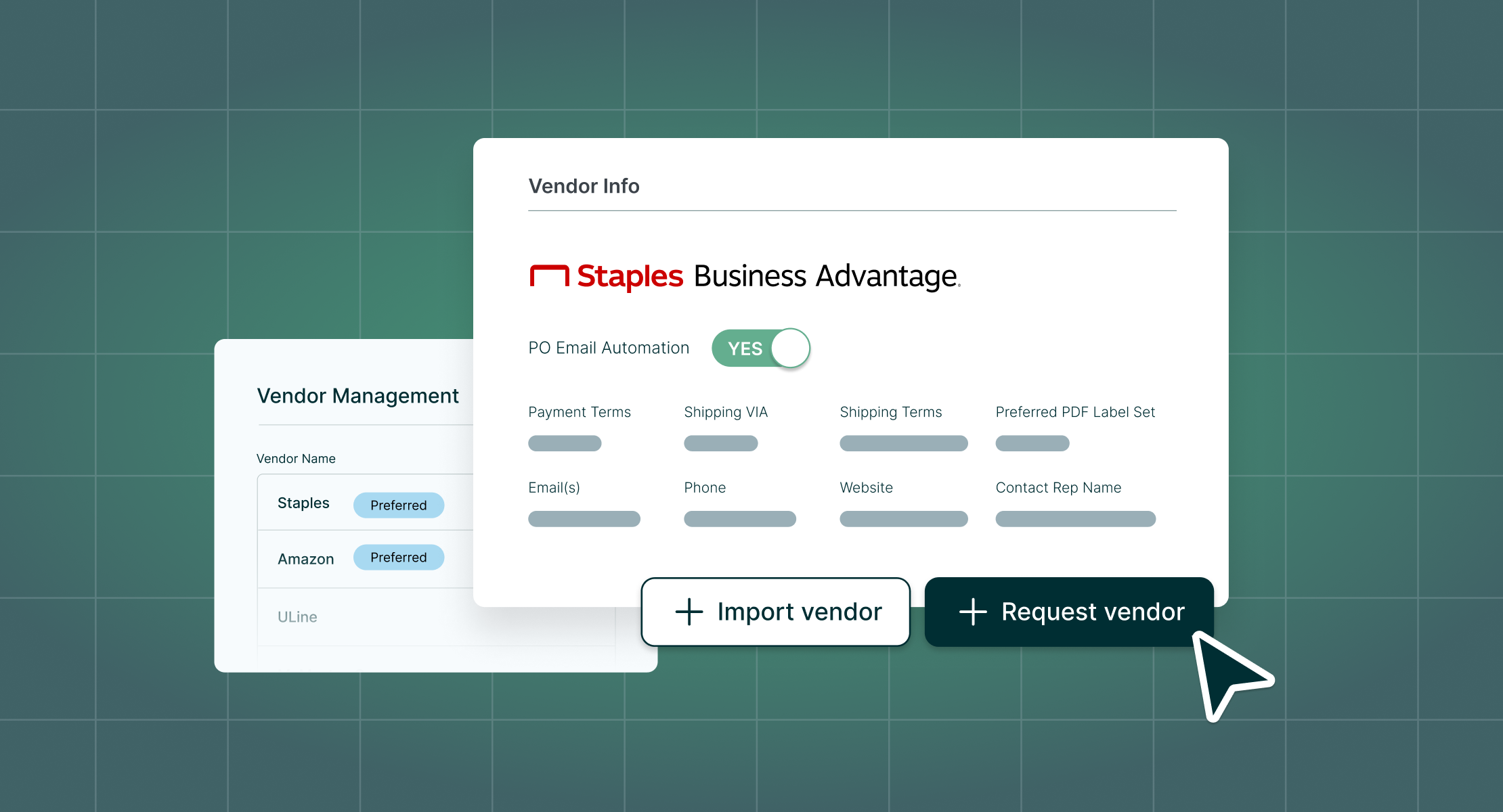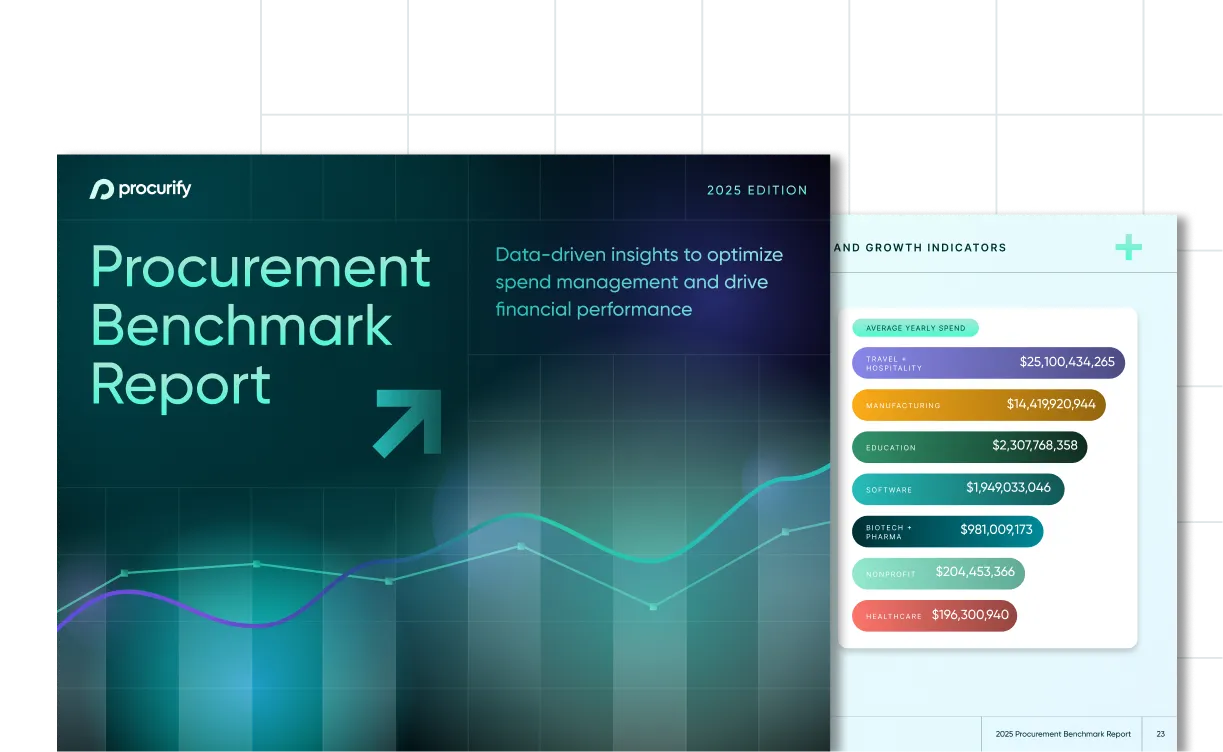
Fixing the Friction: A Practical Guide to Supplier Enablement
Supplier enablement is quickly becoming a must-have in modern procurement management software, not just a nice-to-have. As procurement teams juggle growing supplier lists, tighter regulations, and increasing pressure to move faster with fewer resources, supplier enablement helps bring order to the chaos.
Put simply, it’s about making it easier for your suppliers to work with you — and for your team to manage those relationships without constant manual follow-up. This guide will walk through what supplier enablement actually means in practice, how it’s evolving in 2025, and what finance and procurement teams can do to make it work at scale.
Whether you’re building a program from scratch or looking to improve an outdated process, this guide is designed to help you streamline supplier collaboration, reduce operational friction, and drive real business value.
What supplier enablement really means (and why it matters in 2025)
Supplier enablement is the process of integrating suppliers into your procurement systems and giving them the tools, training, and access they need to work efficiently with your organization.
It goes beyond simply onboarding a new vendor. It’s about building a repeatable, reliable process that ensures suppliers can submit invoices correctly, stay compliant, and fulfill orders without constant manual work from your team.
When done right, supplier enablement improves collaboration, enhances data visibility, and helps avoid late payments, errors, and compliance risks. For mid-sized companies, it’s a smart way to scale procurement without stretching lean teams even thinner.
In 2025, this isn’t a back-office admin task — it’s a strategic priority. Supplier networks are growing, regulations are tightening, and expectations across the board have shifted. Internal stakeholders want faster onboarding and cleaner data. Suppliers expect an easy digital-first experience that is both flexible and mobile. Trying to meet those demands with spreadsheets and email threads just doesn’t cut it anymore.
Finance teams are also feeling the pressure. ESG reporting, tax compliance, and privacy standards have become more complex. Without a structured, tech-enabled process for managing supplier relationships, risks and inefficiencies multiply quickly.
Supplier enablement gives teams the infrastructure to stay ahead, with fewer delays, fewer errors, and far less fire-fighting. It’s not just about doing things faster. It’s about doing them right.
So, how do you make supplier enablement work in practice, without overcomplicating everything? It starts with a clear strategy and a few smart, scalable steps.
Build an effective strategy in 6 steps
A solid supplier enablement strategy comes down to two things: structure and execution. You need the right systems in place and a clear plan to roll them out across your supplier base. Here’s how to put that into practice, step by step.
- Start with a supplier audit
Begin by reviewing your current supplier base. Who’s already integrated into your systems? Where are the bottlenecks? Are you still chasing tax forms or onboarding info manually? This baseline will help you identify gaps and prioritize what to fix first. - Define your enablement goals
Next, clarify what success looks like. Maybe it’s reducing onboarding time by 50%, increasing supplier compliance, or improving invoice accuracy. Set measurable targets — and align your team around how you’ll track progress. - Standardize your supplier data
Consistent, centralized records are essential. That includes naming conventions, payment details, contact info, and tax documentation. Getting everyone on the same page — and into the same system — reduces friction and improves reporting. - Choose the right technology
You don’t need to rip and replace your entire ERP. Start with tools that make it easier to automate tasks, collect documents, and give suppliers self-serve access to what they need. Supplier portals or mid-market purchasing software are a great place to start. Look for options that can be tailored to today’s needs and grow with you in the future. - Educate and support your suppliers
Technology only works if people use it. Provide clear onboarding instructions, FAQs, and support channels to help suppliers navigate the process. A little guidance goes a long way toward adoption and long-term success. - Track, review, and improve
Finally, don’t set it and forget it. Use metrics like onboarding time, compliance rates, and support tickets to monitor performance. Then use those insights to iterate and strengthen your supplier enablement over time.
Common supplier enablement challenges (and how to tackle them)
Even with a strong plan in place, vendor management isn’t always smooth sailing. One of the most common hurdles is resistance from suppliers themselves. Long-time vendors who are used to email-based workflows or manual processes may hesitate to adopt new systems. The key is early communication: explain the value of the change, make onboarding as easy as possible, and provide hands-on support during the transition. A little extra effort up front can go a long way in reducing friction and building trust.
Technology can also pose challenges, especially for organizations working with legacy systems. Integrating new platforms into outdated infrastructure isn’t always simple or fast. When full integration isn’t feasible, a phased rollout can still deliver major improvements without overwhelming your IT team.
Finally, internal misalignment can derail even the best strategies. If finance, procurement, and IT aren’t aligned on the goals, timelines, and ownership of supplier enablement, progress slows down — or stops altogether. Success depends on cross-functional collaboration, with clear communication around who owns what, and why the initiative matters to the broader business.
Fixing the most frustrating parts of procurement
Procurement teams don’t usually complain about strategy — they complain about the friction. The duplicate vendors. The missing documents. The email chains that somehow still exist in 2025. Most of the time, the pain isn’t the policy — it’s the process.
This is where supplier enablement makes a tangible difference. When teams can streamline how suppliers are onboarded, trained, and supported, everything downstream gets easier.
Take teams managing complex supply chains, like in manufacturing or biotech. Without a clear process, supplier updates get buried in inboxes or siloed in spreadsheets. Giving vendors direct access to schedules, inventory data, and requirements helps reduce delays and avoid costly miscommunications.
In fast-moving organizations like retail, education, or multi-site operations, the problem is often speed and visibility. When supplier data lives in ten different places, teams waste time chasing approvals, re-requesting documents, or correcting bad purchase order info. A standardized, automated flow helps them move faster without sacrificing control.
And for any organizations under pressure to stay compliant, like healthcare and the public sector, the frustration is often about oversight. Are suppliers up to date? Are we tracking spend against the right fund? Supplier enablement helps close those gaps by embedding compliance checks directly into the process, not tacking them on at the end.
While the details may vary, the underlying issue is the same: disconnected processes make procurement harder than it needs to be. Fix that, and you fix a lot more than just vendor management.

2025 Procurement Benchmark Report
Powered by $20B+ in proprietary data you won’t find anywhere else.
